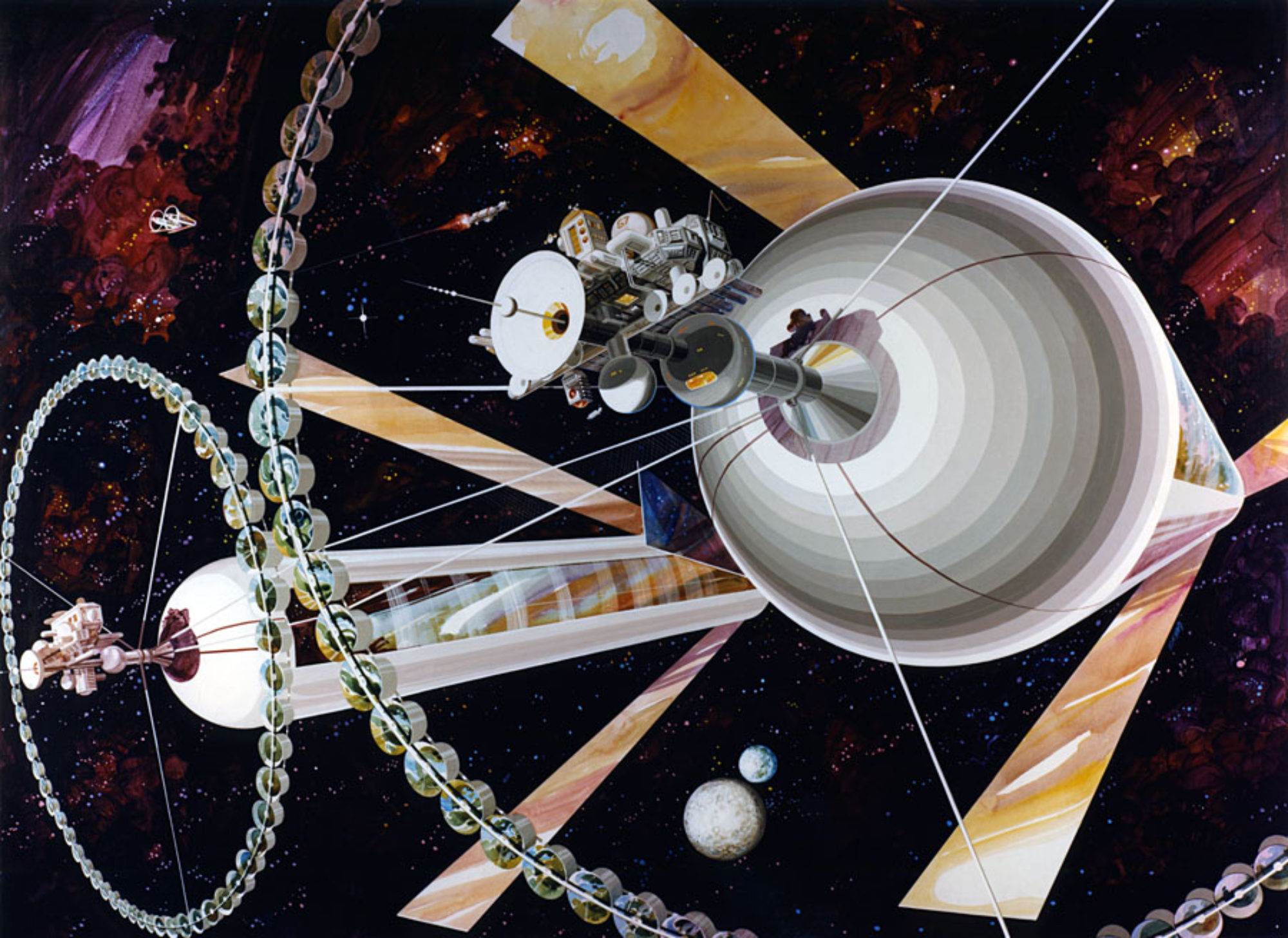
In a paper posted on Academia.edu, the 3rd prize winner for the 2015 NASA 3D Printed Mars Habitat Centennial Challenge called Lava Hive is described by a team* of European researchers. The habitat is produced by additive manufacturing via a ‘lava-casting’ construction technique and utilizing recycled spacecraft structures. Innovations include ‘re-use’ of discarded landing vehicles as part of the central habitat, 3D printed adjacent structures connected to the central habitat and use of a novel ‘LavaCast’ process to fabricate solid structures resistant to radiation and thermal cycling.

The Lava Hive Mars settlement has a number of advantages including a modular design with the ability to expand or adapt to changing mission requirements while “living off the land” with a simple ISRU process utilizing Martian soil, thereby reducing the amount of mass that would need to be launched from Earth.
* Authors of this paper are: Aidan Cowley, Barbara Imhof, Leo Teeney, René Waclavicek, Francesco Spina, Alberto Canals, Juergen Schleppi, Pablo Lopez Soriano
